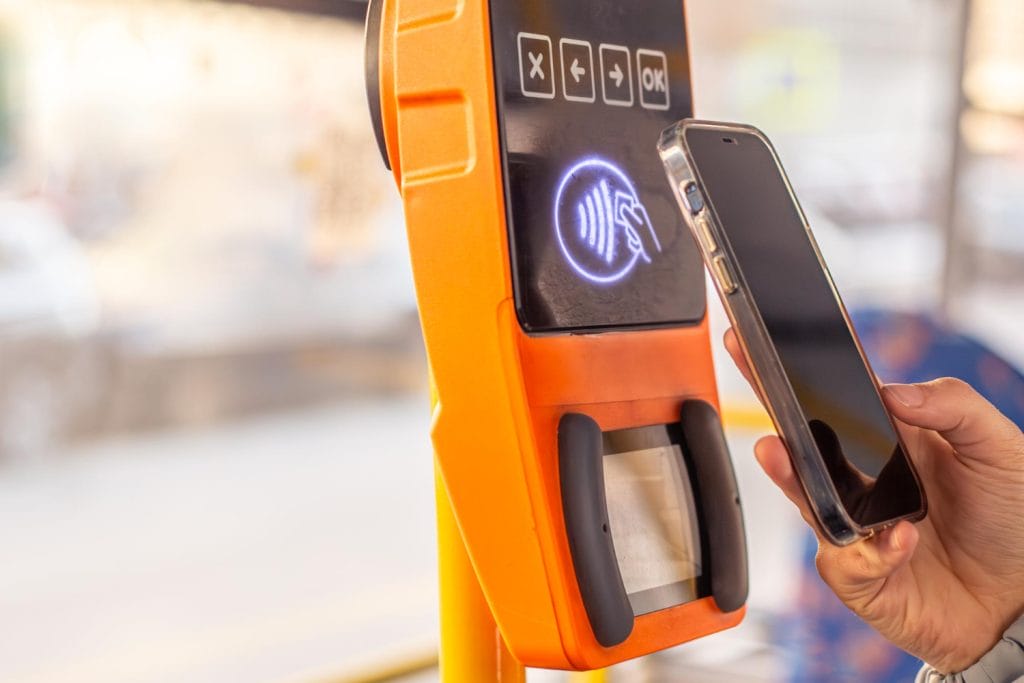Many people from different countries tell the same story – QR codes made it easy for small traders to collect money without cash. People felt excited, but now, things are changing again. Today, it’s not only scanning, but just tapping can do everything! Let’s see how Tap-to-Phone is making things possible for all small and micro businesses.
What is Tap-to-Phone? How Does It Work?
Many people ask me, “Is Tap-to-Phone something special?” Basically, it’s a normal smartphone, but with one power: it has NFC. NFC stands for “Near Field Communication.” If your Android phone has this, then just by using a certified app, your phone becomes a mini payment machine (like those swipe machines in big shops).
So, how does it work step by step? Trust me, it’s very simple:
- Download the payment app made for Tap-to-Phone.
- Enter the sale amount – for example, ₹100 for your sandwich.
- The customer puts their debit/credit card, or even smartwatch/phone, and just slightly touches the back of your phone (tap).
- Instantly, the payment is done! The app tells you if it’s successful.
No dongle, no heavy hardware box—only your phone is needed.
Why This Is Good for Street Vendors & Small Shops
Let us give you an example. You met a fruit seller, and he told you QR codes are easy, but sometimes customers don’t have the right wallet. Or maybe their camera is bad. Also, paper QR gets damaged in the rain! Tap-to-Phone takes away these headaches.
Why it’s great for small businesses:
- No spending on machines or paper codes.
- Faster than scanning – just tap and done.
- Every bank card with the small ‘wifi’ symbol works; not only one app or UPI.
- Customers feel more secure. They keep the card in hand, and it feels familiar (like metro or bus payments).
Honestly, for a small merchant, profits come from saving every rupee. Being free from extra devices means less tension and more focus on selling.
How Safe Is It? (Security & Challenges)
Of course, everyone fears, “Is it safe? Your phone is not a big bank machine!” But Tap-to-Phone is getting very strong rules from payment companies like Visa, Mastercard, and technology bodies.
Some important protections:
- Data gets encrypted (hidden) as soon as you tap.
- The phone does not store your card numbers.
- For bigger transactions, sometimes customers must enter a PIN, but it goes directly in the app, not visible to the hopkeeper.
- Special international rules (like EMVCo and PCI CPoC) everybody follows.
The biggest challenge is making sure every new app and phone model stays safe and certified. But progress is happening fast, and every month, more countries and banks trust this technology.
Tap-to-Phone All Over the World: India, Europe, LATAM
In India, small kirana stores in towns start using Tap-to-Phone with their banking apps. Even NGOs use it for donations. In Europe, small cafe owners at local markets accept payments just by showing their mobile and a smile to tourists. In places like Brazil or Mexico, many people don’t even have bank accounts, but Tap-to-Phone helps more people get access to digital payments.
Numbers say adoption is growing quickly, because now anybody with a simple Android phone can act like a big retailer!
How Omnipayments is Helping This Move
Many of you might wonder: Who is building all these apps and making it easy? That’s where OmniPayments comes in to help.
- Make Tap-to-Phone apps and certify them with global payment networks.
- Give tools for merchants, like sales reports and automatic settlement. Life becomes easy for the shopkeeper!
- Provide training, so even first-time merchants can use it smoothly.
- Offer customer support when there is some doubt.
This type of help is very important, especially for micro-merchants who don’t have time for big learning curves or many documents.






